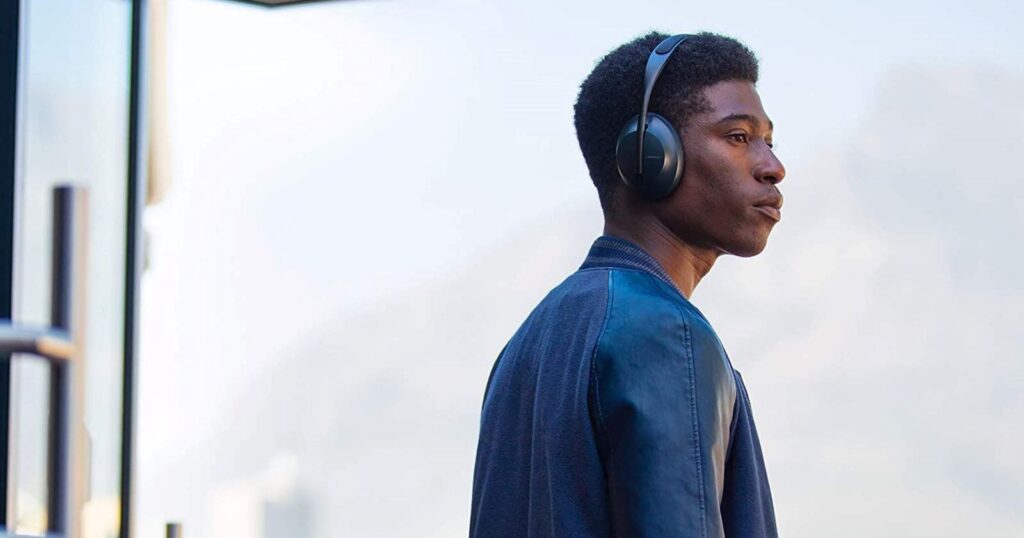Google's next slate of smartphones combines a fresh look, a familiar emphasis on AI, new form-factors and more expensive prices.
The first thing you need to know about this year's premium Pixel devices is that there are now four models on offer instead of the usual two. There's the baseline Pixel 9, the Pixel 9 Pro, the Pixel 9 Pro XL and the Pixel 9 Pro Fold.
That's a lot of phones, none of which are cheap. However, if are in the market for the thriftiest option here, look no further than the standard Pixel 9. Picking up where last year's Pixel 8 left off, this year's cheapest premium phone that's made by Google comes with a 6.3-inch Actua Display and a more refined design that incorporates a polished glass finish and a sleeker frame with thinner bezels.
Under the hood, the Pixel 9 runs on the new Tensor G4 with 12GB of RAM and up to 512GB of onboard storage. On the back of the device, there's a dual-lens camera setup that consists of a 50MP wide lens and a 48MP ultrawide lens. Then, the front-facing side of the device is armed with a 10.5MP wide-angle lens.
While the visual rework here is the most eye-catching change between this year's Pixel 9 and last year's Pixel 8, it's far from the most significant one. That honour goes to the new Tensor G4 processor.
Compared to the Tensor G3, this silicon is said to offer 20% faster web browsing, 17% faster application opens and improved power efficiency that adds up to an impressive 20% improvement in battery life.
Naturally, the Tensor G4 can also be found inside the new Pixel 9 Pro and Pixel 9 Pro XL. That's right. Google is taking after Apple and fielding two pro-grade handsets this time around.
Aside from the screen size and the batteries inside each device, there are no major differences between the 6.3-inch Pixel 9 Pro and the 6.8-inch Pixel Pro XL.
Both the Pixel 9 Pro and Pixel 9 Pro XL come with 16GB of RAM, a Super Actua display with thinner bezels, a new "modern sculpted" camera bar design with polished edges, a 42MP front-facing camera and a triple-lens rear camera setup that consists of a 50MP ultra-wide lens, a 48MP wide lens and a 48MP telephoto lens.
Both devices also reap the benefits of improved drop resistance and faster-wired charging, though there's still no support for Qi 2. In any case, the idea here is that there's a flagship Google Pixel phone for those who prefer larger handsets as well as smaller ones.
No matter which Google phone you go with though, you're getting access to the same bagful of new AI-powered tricks.
The first of these is Pixel Screenshots. Envisioned as a more opt-in take on Microsoft's ill-fated and infamous Recall feature, the idea here is that you can tell your phone to remember something for later. Then, there's Pixel Studio. This one is a prompt-based imaged generator akin to stuff like DALL-I.
There are also a few new AI-related improvements coming to the camera, such as a reworked panorama mode. Video boost has also been upgraded to offer 8K quality, thanks to AI rescaling. Meanwhile, the new Add Me feature builds off last year's Best Take, allowing you to quickly and easily edit the person taking a photo into the image as if they were always there.
The Pixel 9's Magic Editor also can now automatically frame images based on a variety of photographic techniques and supports prompt-based edits.
As with last year's Pixel phones, the new Pixel 9 Pro and Pixel 9 Pro XL come with 7 years of software and security updates and a one-year subscription to Google One AI, which gets you the smartest version of Gemini that Google offers. The two devices are available in Obsidian, Procelsain, Hazel and Rose quartz.
In Australia, the Pixel 9 starts at $1349. The Pixel 9 Pro starts at $1699. The Pixel 9 Pro XL starts at $1849. The Pixel 9 and the Pro XL are available to preorder from today ahead of an August 22 launch. The Pixel 9 Pro will arrive later this year.




